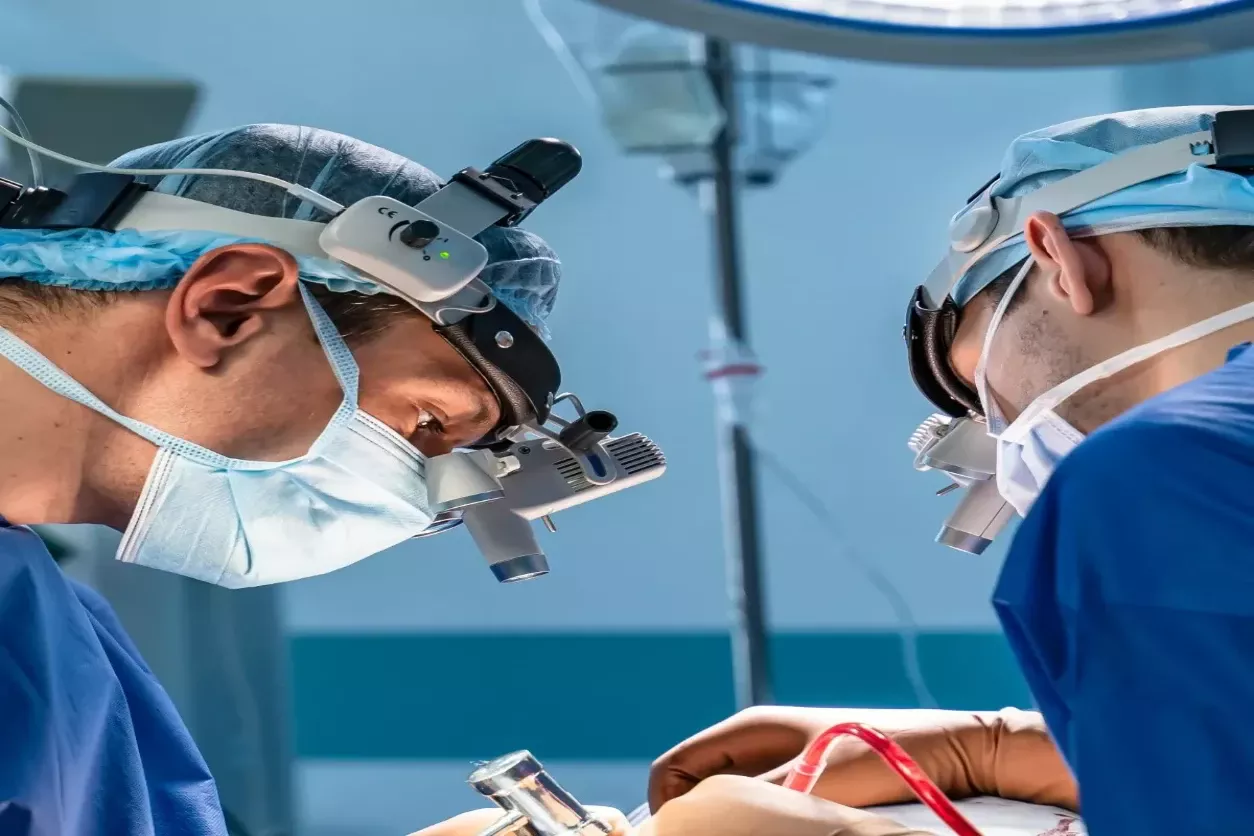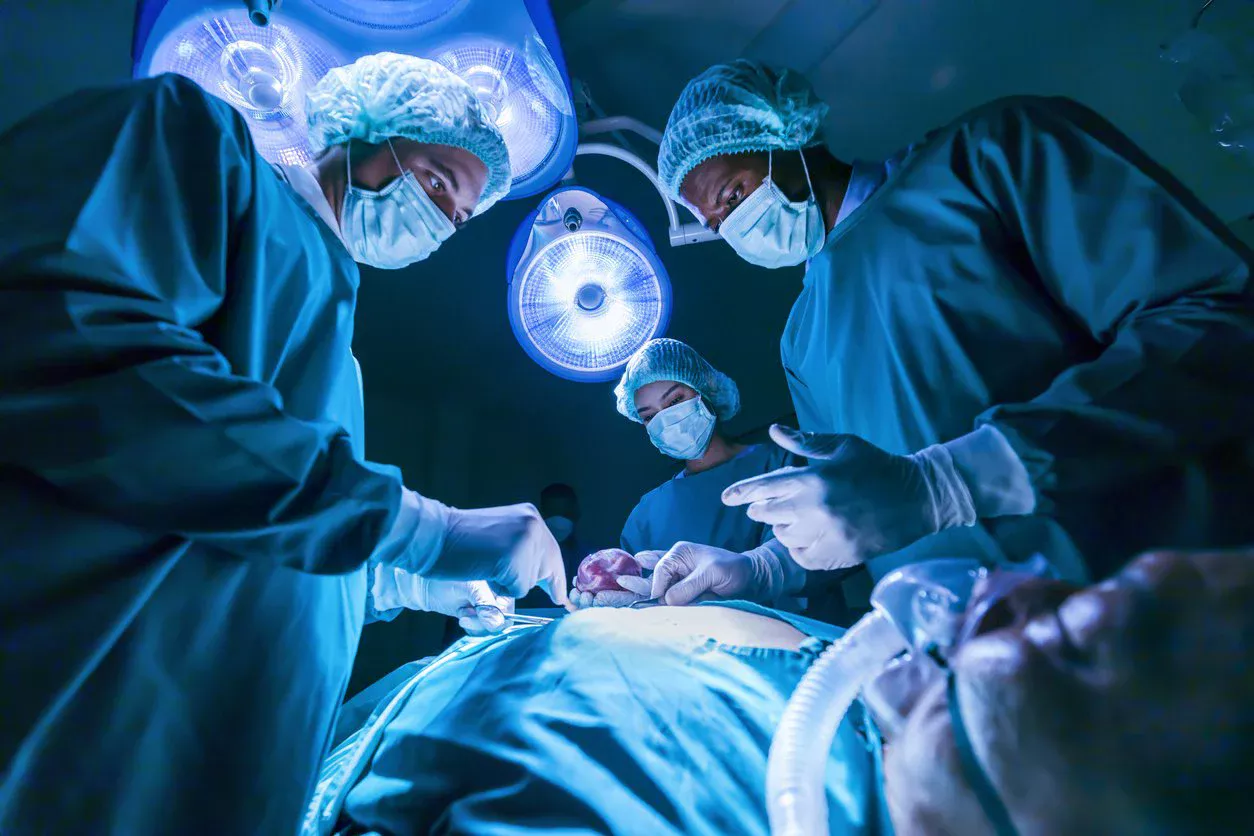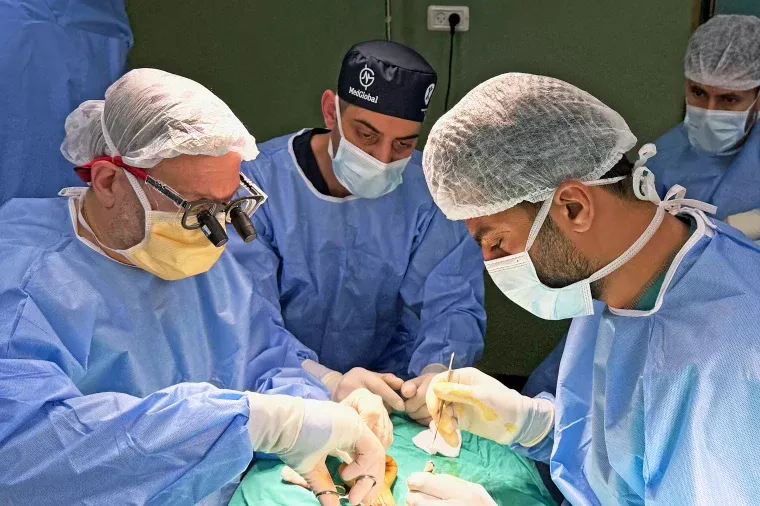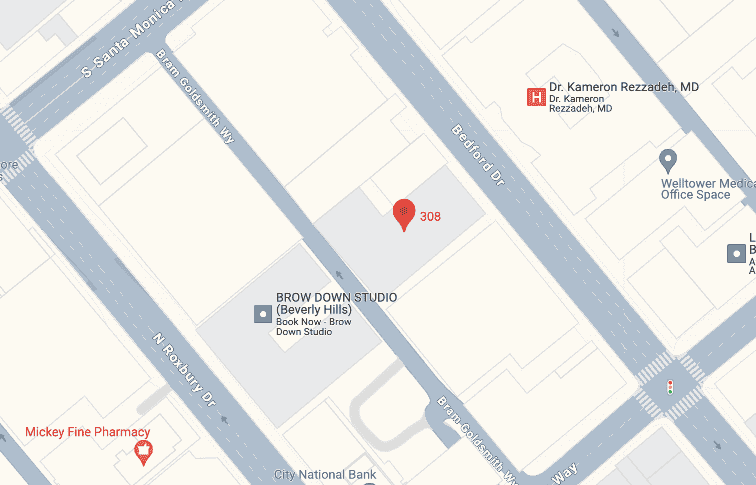If you have had a pilonidal cyst, you know how irritating and painful they can be. Traffic jams, working extended hours on end, or day-to-day tasks are all tiring under the best of times. Surgery most of the time provides a clog-dissolving calmness that lasts. When inflation continues to rise, however, it’s the right time not to delay. But if this is an option now on the agenda for you, it is only natural that you should feel a bit nervous and want to know what exactly pilonidal cyst surgery really involves. Here is an in-depth account of the timeline of events you can expect when you navigate the healthcare system for pilondial cyst medical treatment.
What Happens Pre Surgery for a Pilonidal Cyst?
During surgery they will do everything they can to help you relax and calm down. Most pilonidal cyst treatments these days are outpatient, meaning that you can go home the same day. But depending on your cyst and health, they might use a local anesthetic to numb the area completely or else general anesthesia so you can sleep through pilonidal cyst surgery. The skin will be sanitised and cleaned very well of all contaminated material before we do anything to reduce the risk of infection after surgery. Rest assured we take every precaution to protect your well being. This can be comforting to know.
What Can We Expect During Surgery?
During the operation, your surgeon will carefully cut out the pilonidal cyst as well as any sinus tracts: the tiny channels both under your skin and connecting these things where hair and other debris get lodged. It’s these tracts generally, by the way, which bring the infections back. By cutting out both the cyst and its root system, your surgeon gives you a much better shot at longer-term relief. Sometimes the wound is sewn shut, others it is allowed to heal naturally: Both are well-known and work well.
Will It Hurt After Surgery?
There won’t be any pain during the surgery itself, thanks to these things called drugs or gas which knock you out. Throbbing or tenderness is common in the manner of a bruise where the surgery was done. Yet patients usually find this uncomfortable rather than unbearable. Your doctor can prescribe painkillers to help with any aches, and you’ll learn how to sit so as not to put pressure on stitches, or at what angle keep the area clean. Recovery means being good to your body and waiting for it to get well.

What is the Duration of this Surgery?
To summarize, a pilonidal cyst surgery does not last longer than forty-five minutes and seldom exceeds one hour. But do remember that, in addition to the operating time, there’s preparation for surgery as well as a period of rest and recovery afterwards. Altogether, you can expect to spend several hours at the clinic or hospital. The bright side is that you’ll not have to stay over one night in hospital after surgery and should able start back home either that same evening or following morning bright and early
What Should I Know About the Recovery Period?
Recovery is an important period. If you close the wound, the cyst will heal faster and ultimately better, and you will still have follow-up appointments to assess the healing. If a wound is left open, it will take longer to heal, and you will have to have a daily clean/dressing change appointment until the flesh has grown back in. When you can go back to work or school will depend on the sort of work involved there. Getting moving a little, taking good care of your personal hygiene and staying in touch with the doctor are all part of standard practise for getting over an illness.
How Does One Prevent the Cyst From Returning?
Those areas may feel fine post-op – but few, if any, of the licensed researchers have done follow-up studies on the patients months or years after surgery to see just how much that “fine feeling” contributes to keeping a healthy skin surface over perianal areas. Or, even after healing has taken place and scars have receded, pilonidal cysts can simply recur because the underlying condition hasn’t been solved. The three elements that make this so are hair, sweat and rubbing. If you get an irritating cyst, your doctor may also mention shaving and laser hair removal in the area, as well as wearing looser clothing to take some of that pressure off. It can help if you keep the area clean and cool. For a long-term real difference though, consider these small changes to your lifestyle that will help you get the most out of what surgery has already given you.
Methods of Surgery.
There is not one specific way to perform a pilonidal cyst surgery plasty. Some doctors prefer to remove it and let the wound heal on its own (open healing), while still others use flap procedures that rotate neighboring tissue into position so recovery is faster. There are cases when minimally invasive procedures can be performed with tiny incisions and faster recovery times. Which one is right for you will depend on your cyst and on what your doctor tells you. The critical part is completely excising the cyst so that you have the best chance of complete long-term success.
When Do You Need Surgery?
If you continue to have problems with the cyst, from repeated attacks of pain and infection to an increasingly chronic state of discomfort. “Living with those repeated attacks of infection is hard and something which emotionally and physically drains you,” he says. It’s not just a matter of getting the cyst out: improving your quality of life is as important. “People who have had the operation say,” Why did I wait so long, this operation has made me feel so much more free and at ease with myself than I ever thought possible.

The Day Before Surgery What Can I Do?
The day should be easier if you have taken all the advice do the tests first thing in the morning. Your doctor might want you to stop eating and drinking for a few hours before the test. You may also have to stop some medications. On a personal note, I find it makes for much easier recovery if there is someone who can drive you home and be available to help out in those first couple of days. And, possibly the most importantly of all, go in being aware that this is a tried–and true procedure performed thousands–if not millions–of times with very well-documented success rates.
What Will Life Be Like After Surgery?
Also, for several days at the beginning, you will be at rest more than usual and make adjustments to your way of doing things. Your doctor will instruct you on how to cleanse the area, change the dressing and monitor for signs of infection or pilonidal cyst symptoms. Over the weeks, the pain becomes more manageable and the area gradually heals up. You will realize that getting on with a normal day just isn’t that hard after all. That day when the pain and pressure caused by a cyst eases is actually both a physical and emotional relief for the patient.
Conclusion
For the patient with a pilonidal cyst, surgery is more than just the work of an operating hand. By listening to your doctor’s advice and taking care of yourself throughout the process, help is at hand, and life without interruption or anything like that has indeed been an era of past history.








